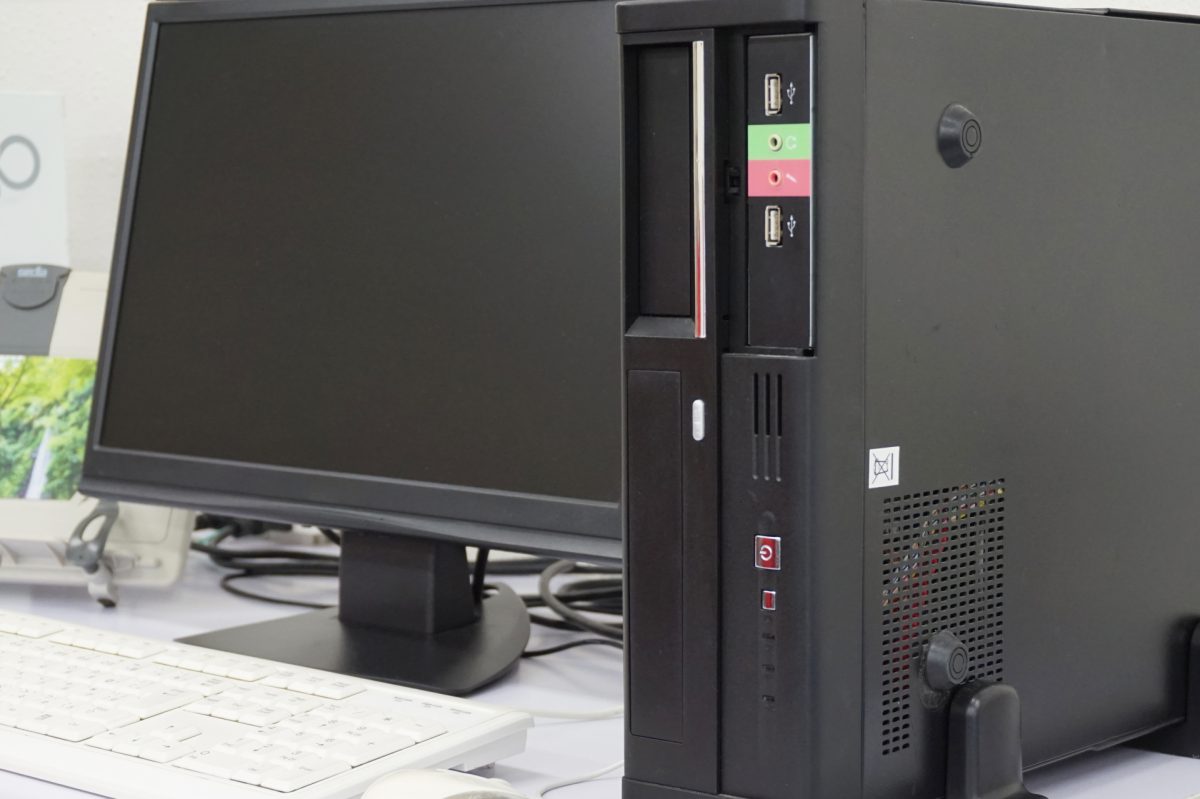
How to Render Faster in Blender with Full Spectrum Rendering
With 3D viewports, such as Blender’s Eevee, you can achieve a viewport render that primarily uses the GPU for optimal performance and lightning speed in both the viewport and the final render, whereas Cycles, Blender’s internal ray tracing engine, focuses on the physically accurate portrayals of light and shadow, which can cause slow rendering times due to the calculations taking place. AMD’s Full Spectrum Rendering (FSR) attempts to bridge this gap between these two powerful, but different rendering engines.
Using AMD’s patented Vulkan technology, FSR aims to facilitate designers with an experience that is both more effective and interactive whether it be using the viewport, processing the final render, maximizing workflow, or accelerating the creative process — all while maintaining realistic lighting and blurring.
FSR Quality Modes
Within FSR’s quality modes, designers and creators can easily change between each phase of the rendering pipeline — employing the engine’s visual quality of the ray tracing capabilities and maximizing performance and speed of viewport rasterization according to the workstation’s limitations.
Full Spectrum Rendering offers five distinct modes that support all the stages of the artist’s workflow — from visualization to rendering.
| Render Quality | Powered by | Device(s) | Description |
| Low | Vulkan | GPU | High-performance rasterization for standard viewport visualization. This is the fastest of all FSR modes, designed specifically for changes in geometry, shaders, and lighting. The effects of the Global Illumination Render Mode will be less visible using this mode. |
| Medium | Vulkan | GPU | Hybrid mode for advanced viewport construction, performing rasterization with a biased GI. This FSR mode adds ray tracing effects, including reflection, refraction, etc. |
| High | Vulkan | GPU | Vulkan-powered ray tracing mode for look dev and photorealistic rendering. |
| Full | OpenCL | CPU/GPU | OpenCL full tracing mode, optimized for providing high-quality final renders, as well as complex scenes and node-based shaders. |
| Full (Experimental) | OpenCL | CPU/GPU | Available only for Windows, an experimentation version of the full tracing mode for providing high-quality final renders. Partial support for features in standard “Full” mode. |
Switching Between FSR Quality Modes
Full Spectrum Rendering modes can be accessed through either the viewport or the final render. By selecting from the different quality modes available, you can measure the visual quality of the output compared to the performance according to your requirements.
To change from one FSR mode to another, access the Render Quality options in either the Quality settings of the Render Properties tab or directly in the viewport. Keep in mind that when accessing the FSR mode through the viewport, that same mode is used in the final production render. Inversely, when accessing the FSR mode in the Quality settings, the designated mode is used in the final render as well as in the viewport.
To access and change the FSR modes in the viewport, locate the RPR option in the viewport’s top-left corner and locate the Render Quality dropdown menu. Choose the desired option.
When choosing the render quality mode for the final render, locate the Quality panel in the Render Settings section of the Render Properties tab. Expand the panel and select the desired mode in the Render Quality list.
FSR Hardware Compatibility
As of the writing of this article, three of the five modes will work only with Vulkan running in tandem. Because of this, you must have a Vulkan-compatible GPU. Currently, Vulkan-compatible technology is exclusive to AMD’s flagship series of GPU cards. Officially supported AMD GPUs include:
| AMD Radeon Vega Series | Radeon Pro WX 9100 Radeon RX Vega 8/56/64 |
| AMD Radeon Vega Series (2nd generation) | AMD Radeon VII and subsequent models |
| AMD Navi Class Series | Radeon RX 5700 XT Radeon RX 5700 Radeon RX 5000 Radeon Pro W5500 AMD FirePro W5000 and subsequent models |
| AMD Polaris Series (Limited Support) | Radeon RX 500 Radeon Pro WX 7100 Radeon Pro WX 3200 |
Keep in mind that if no GPU is detected on the system or the detected GPU does not support Vulkan technology, ProRender will default to the Full render mode, using OpenCL ray tracing mode. This means all renders that rely on the system’s CPU for calculation and the other FSR modes will not be available.
FSR’s Limitations
Though fast, powerful, and robust, ProRender’s Full Spectrum Rendering and Vulkan technology are very new and exclusive to AMD hardware for the time being. On top of this, FSR Vulkan-powered modes are slightly different compared to the OpenCL full path tracing mode. While the OpenCL path tracer supports all the plug-in features, FSR modes that run in tandem with Vulkan have their own set of limitations.
- Sampling is only functional at the fixed sampling mode.
- Adaptive sampling and tiled rendering is not supported at this time.
- Camera effects, such as depth-of-field and motion blur are also not supported.
- Arbitrary Output Variables (AOVs) are limited.
Render Faster in Blender with Full Spectrum Rendering
Limitations aside, the increased speed of the designer’s workflow with the assistance of Full Spectrum Rendering can’t be denied. If you have compatible hardware and are trying to increase your performance and engagement with your viewport as if using Eevee, while having the same beautiful realistic lighting quality of Cycles, now is the time to try these tools out for yourself. Happy rendering!